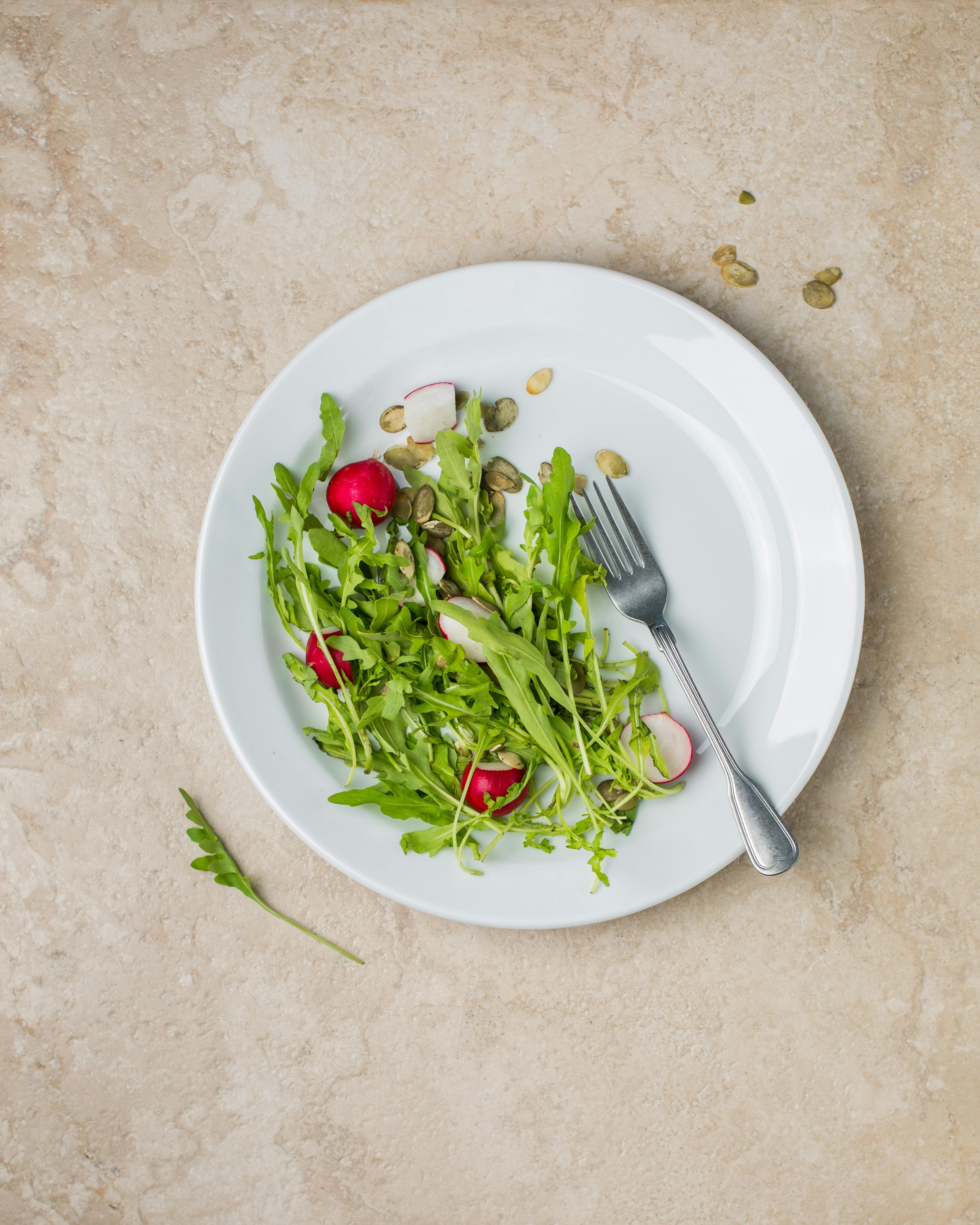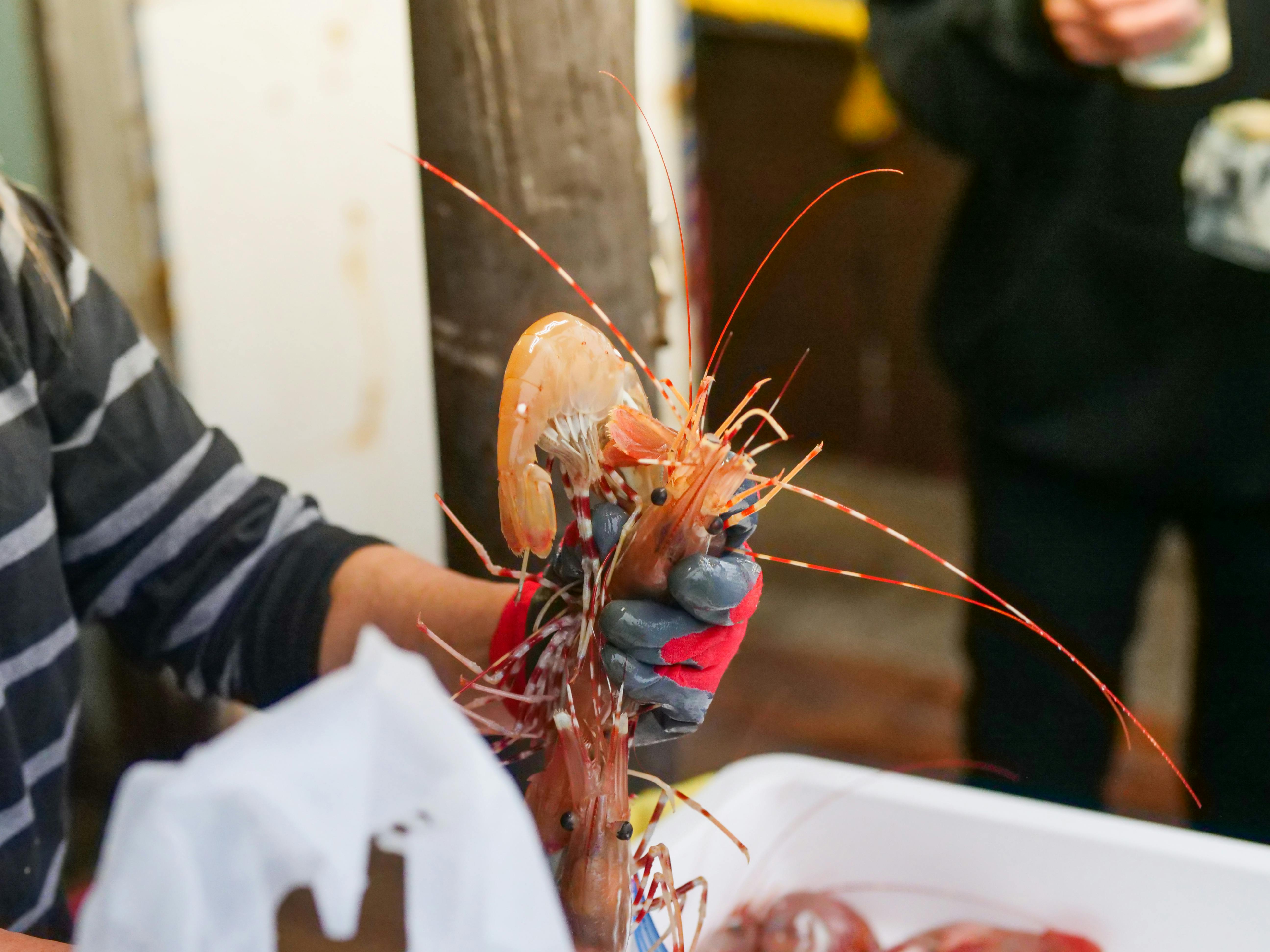
Effective Ways to Dye Clothes in 2025: Discover Modern Techniques for Vibrant Results
In a world where personalization and sustainability are at the forefront, dyeing clothes has become an art form accessible to everyone. Whether you're looking to revamp old garments or express your creativity through unique colors and patterns, knowing how to dye clothes effectively is essential. Modern dyeing techniques not only provide vibrant results but also align with eco-friendly practices, making fabric dyeing a popular choice in 2025.
This article delves into various dyeing techniques, from traditional methods to innovative DIY projects. You will discover the benefits of natural and synthetic dyes, explore popular techniques like tie-dye and fabric painting, and learn critical tips for ensuring colorfastness and longevity. By the end, you will be equipped with a comprehensive understanding of fabric dyeing processes and how to bring your clothing visions to life.
In this guide, expect to find:
- Essential techniques for dyeing different fabric types.
- Helpful dyeing tips and instructions for beginners.
- Creative applications like tie-dye and fabric painting.
- Guidelines for choosing the right dyes and ensuring color vibrancy.
- Industry insights into sustainable dyeing practices.

Essential Techniques for Dyeing Cotton, Polyester, and Wool
Understanding the different fabric types is crucial for successful dyeing. Each material responds uniquely to dyes, and knowing how to adjust your methods is central to achieving vibrant, long-lasting colors.
Dyeing Cotton: The Most Common Fabric Choice
Cotton is versatile and absorbs dye well, making it a favorite for many DIY dyeing enthusiasts. To dye cotton effectively, choose either fiber-reactive or direct dyes, ensuring proper fabric preparation for optimal results. Pre-wash the fabric to remove any treatments and allow the dye to penetrate evenly.
When preparing your dye solution, it’s essential to use the correct ratios to maximize color absorption. Experimenting with color blending can result in unique hues, enhancing your creativity. Remember to maintain a steady temperature while dyeing, as cotton typically requires a consistent approach for uniform results.
Polyester: Mastering Synthetic Dyeing Techniques
Dyeing polyester can be challenging due to its synthetic fibers, which don’t absorb dyes like cotton. However, using disperse dyes and heat setting can yield excellent results. An immersion dyeing process often works best for polyester, providing a comprehensive color application across the fabric. Always ensure you're working in a well-ventilated area and using appropriate safety precautions.
To maintain color vibrancy, wash polyester items separately and adhere to wash and care instructions specific to the dye used. This helps prolong the life of your dyed clothing.
Dyeing Wool and Silk: Home Dyeing for Luxurious Fabrics
Wool and silk require gentle care when dyeing. Utilizing acid dyes in a dye bath provides beautiful color results while respecting the nature of these fibers. The dyeing process for wool and silk is similar, where lower temperatures help achieve even dyeing without damaging the fibers.
As with other fabrics, preparing the material is vital. Always pre-soak wool or silk in a vinegar solution to ensure dye adherence. This helps fix the dye more effectively than in other materials and ensures your colors stay vibrant for longer.
With these techniques outlined, you can explore various dyeing experiments for each fabric type, applying what you learn to develop your unique style. This naturally leads us to...
Popular Dyeing Methods: Tie-Dye, Fabric Painting, and More
Expanding on traditional fabric dyeing methods, popular techniques like tie-dye and fabric painting have taken artistic expression to new heights. These methods are not only enjoyable but yield stunning results when executed correctly.
Step-by-Step Tie-Dye Tutorials for Beginners
To embark on tie-dyeing, gather your materials: white cotton fabric, multiple dye colors, rubber bands, and gloves. Begin by folding the fabric into desired patterns—spirals, stripes, or bullseyes—and secure them with rubber bands. This creates distinct areas for dye application, ensuring mesmerizing color effects.
Next, prepare your dye according to package instructions and apply using squeeze bottles for precise control. Allow the dyed fabric to sit wrapped in plastic before rinsing and washing. Understanding dye ratios is important here; too much dye can create muddled colors, while too little might result in fading patterns.
Exploring Fabric Painting as a Creative Outlet
Fabric painting adds an artistic flair to your dyeing projects, allowing for greater control in designs and images. Use acrylic or fabric paints suitable for textiles, and experiment with brushes, sponges, or even stencils to enhance your creations.
Before painting, prep your fabric by washing and ironing, ensuring a smooth surface for your artwork. Once painted, heat set your fabric by pressing with an iron or placing it in the dryer on a medium setting, sealing in the colors while improving wash durability.
Color Application Techniques for Unique Patterns
Using tools like spray bottles, droppers, or even sponges can yield unique dye patterns. Mixing colors can lead to vibrant murals, while dip-dyeing techniques produce ombre effects. Experiment with fabric textures, leveraging thick or thin materials for varied absorption.
By experimenting with these dyeing methods, you not only enrich your wardrobe but also embrace a sustainable approach to clothing management, allowing you to re-dye clothes or restore faded pieces. Next, we’ll explore how to ensure the longevity of your creations...
Maintaining Color Fastness and Longevity
The success of your dyeing projects lies not just in application, but also in how well you maintain the vibrancy of your dyed fabrics over time. Colorfastness is the dye’s resistance to fading or running during washing. Achieving high colorfastness is essential, particularly with bright or rich colors.
Dye Fixing Process: Tips to Prevent Fading
Fixing dye properly will help prevent fading and ensure your creations last longer. Generally, using a vinegar rinse or salt in the wash cycle can effectively set the dye. Heat setting is also a crucial technique; after dyeing, running the fabric through a hot dryer or pressing with an iron can bond the dye particles to the fibers.
Testing for Color Fastness: Practical Methods
Before embarking on a large dyeing project, performing a colorfastness test is advisable. Dampen a small section of the dyed fabric and press it against a white cloth. If color transfers to the cloth, the dye may not be securely fixed. Adjusting your methodology will be crucial for future projects.
Washing and Care Instructions for Dyed Fabrics
To maintain the vibrancy of your dyed clothing, adopt washing practices that complement your dye method. Always wash dyed items separately during the first few washes. Opt for cold water and a gentle wash cycle to avoid abrasion and fading. When drying, avoid direct sunlight, as UV rays can cause colors to fade over time.

Eco-Friendly Dyeing Options: Sustainability in Fabric Dyeing
As the focus on sustainability grows, many are turning to eco-friendly dyes that originate from natural sources like plants and minerals. These natural dyes can be an excellent alternative to synthetic options, though they often require more preparation and knowledge of the dyeing process.
Exploring Natural Dyes and Their Benefits
Natural dyes can be derived from various materials—such as flowers, roots, and even food scraps. This aligns with sustainable living and gives your clothing a unique touch. Important to consider is how these dyes interact with different fabrics and the preparation required before application.
Natural Dyeing Process: Tips for Beginners
When embarking on natural dyeing, prepare your fabric properly by scouring it to remove impurities. Using mordants, like alum or tannin, helps to bond the dye to the fibers effectively. On a practical level, researching the plants providing dyes will aid in understanding their color yield and how to extract them.
Safeguarding the Environment While Dyeing
Eco-friendly dyeing practices not only benefit your wardrobe but also protect the environment. By choosing sustainable sources and methods, you reduce your ecological footprint, promoting a greener approach to fashion. Ensure to dispose of any wastewater correctly and consider composting natural remnants when finished.
Frequently Asked Dyeing Questions: Troubleshooting Common Issues
As you explore dyeing, you may encounter various challenges that require solutions. Below, we answer some frequently asked questions about dyeing issues while offering tips for troubleshooting.
Common Dyeing Mistakes and How to Avoid Them
One of the most common mistakes in dyeing is underestimating the importance of fabric preparation. Always ensure fabric is clean and free of finishes that may repel the dye. Other mistakes include inaccurate dye ratios; always refer to dye instructions and record your method for consistency in future projects.
How to Fix Dyeing Issues: Practical Solutions
If you experience fading or uneven dye application, consider re-dyeing or using fabric paint to correct areas. For transferring colors during washing, try using color catchers in the wash. For synthetic fabrics, ensure you're using the correct type of dye.
Understanding Color Theory in Dyeing
Possessing a basic knowledge of color theory can greatly impact your dyeing projects. Familiarize yourself with primary, secondary, and complementary colors to create unique color blends. Always test a small section before committing to a larger project to avoid unpleasant surprises.
By applying these effective dyeing techniques and embracing both traditional and modern practices, you open doors to a world of creativity and expression in fabric dyeing. Dive into your dyeing journey with confidence and enjoy the vibrant transformation of your clothing!